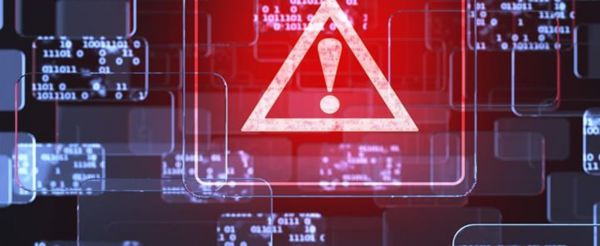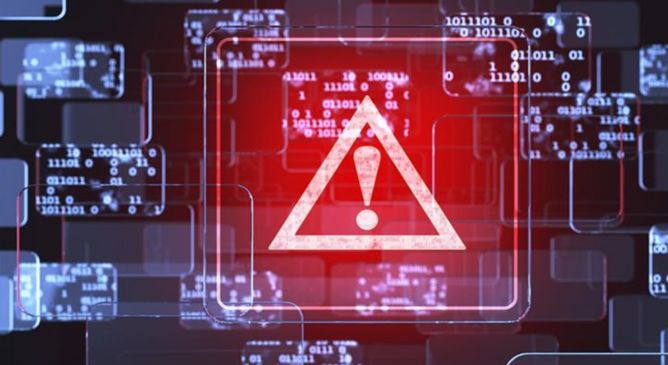

AI Dilemma: Emerging Tech as Cyber Risk Escalates
As AI adoption accelerates, businesses face mounting cyber threats—and urgent choices about secure implementation

This blog uncovers an active campaign exploiting CVE-2025-3248 in Langflow versions before 1.3.0 that deploys the Flodrix botnet, enabling threat actors to achieve full system compromise, initiate DDoS attacks, and potentially exfiltrate sensitive data.


As AI adoption accelerates, businesses face mounting cyber threats—and urgent choices about secure implementation


Trend Micro is recognized for our Cloud CNAPP capabilities and product strategy—affirming our vision to deliver a cloud security solution that predicts, protects, and responds to threats across hybrid and multi-cloud environments.


This is a step-by-step guide to build a strong security awareness and training program that empowers your employees and protects your business.


A single SQL injection bug in Anthropic’s SQLite MCP server—forked over 5,000 times—can seed stored prompts, exfiltrate data, and hand attackers the keys to entire agent workflows. This entry unpacks the attack chain and lays out concrete fixes to shut it down.


Overprivileged or misconfigured containers in Amazon EKS can expose sensitive AWS credentials to threats like packet sniffing and API spoofing, highlighting the need for least privilege and proactive security to detect and reduce these risks.


A recent attack campaign took advantage of exposed Docker Remote APIs and used the Tor network to deploy a stealthy cryptocurrency miner. This blog breaks down the attack chain.


This blog uncovers an active campaign exploiting CVE-2025-3248 in Langflow versions before 1.3.0 that deploys the Flodrix botnet, enabling threat actors to achieve full system compromise, initiate DDoS attacks, and potentially exfiltrate sensitive data.


The Trend Micro™ Managed Detection and Response team uncovered a threat campaign orchestrated by an active group, Water Curse. The threat actor exploits GitHub, one of the most trusted platforms for open-source software, as a delivery channel for weaponized repositories.


Anubis is an emerging ransomware-as-a-service (RaaS) group that adds a destructive edge to the typical double-extortion model with its file-wiping feature. We explore its origins and examine the tactics behind its dual-threat approach.


CVE-2025-31324 in SAP NetWeaver Visual Composer enables unauthenticated file uploads, exposing systems to RCE and data loss - learn what to do about it.